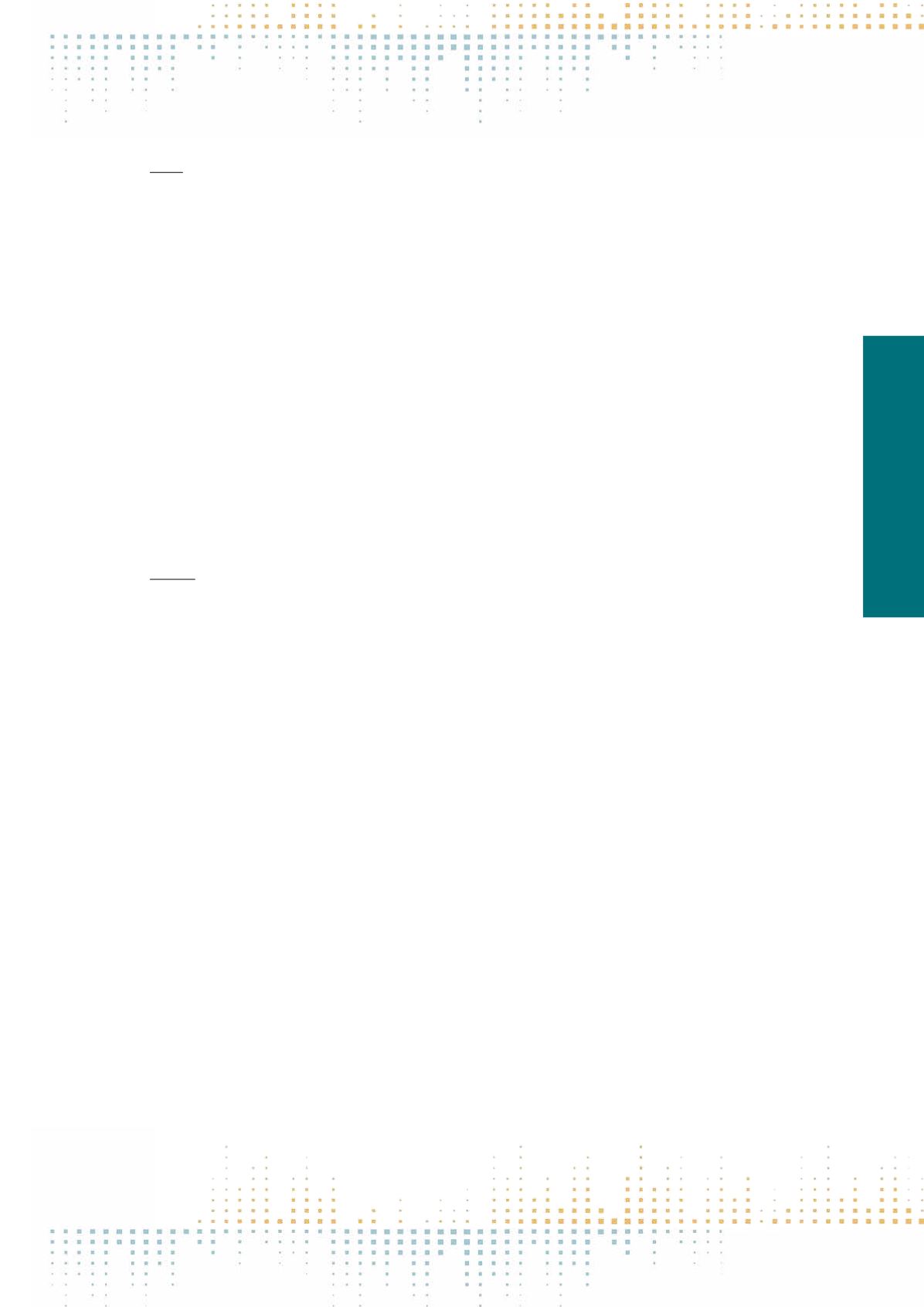

443
Saturday, November 12
0 9 : 0 0 – 1 0 : 3 0
PP 563
Sustaining the Nation via Screening Popular Music: Eurovision Song Contest in Turkey’s Early Television Era (1975–1983)
A. Akin
1
1
Izmir University of Economics, Media and Communication, Izmir, Turkey
Bohlman (2004) in his study Music and Nationalism, devotes a special attention to the Eurovision Song Contest (ESC) due its unique position when it comes
to“the music”and“the nation”. The relevance of the ESC goes beyond“the nation”and reaches to far more“international”and“transnational”socio-political
and cultural geographies. As its name connotes Eurovision, can be about “Europe” and “television”, as much as it is about “music” and “nation”. Bohlman
correctly argues that“the broadcast of the ESC, is a moment of high nationalism”, at least in some countries participating in the contest. One having a mod‑
est familiarity with the Turkish context of the ESC could argue that Turkey is among those countries. Since her debut appearance in the song competition
in 1975, the ESC has occupied a rather special place in Turkish social imaginary in regards with country’s socio-cultural relationship with “Europe” as well
as its own “nationhood”. In a country, which has internalized the affective quest for being a part of “modern world” in general, and “Europe” in particular,
the ESC has been perceived as a perfect platformwhereTurkey’s“Europeanness”can be performed, and Europe’s approval of this performance can be sought.
As stated by Christensen and Christensen (2008, 159), for ever larger portions of the Turkish population, achieving success in the ESC has been “an issue
of national pride” (Akin, 2013). Especially thought the ESC’s first years in Turkey (1975–1983), which is an epoch that coincides with the early television
years of the country, national media discourses in that country had traditionally framed the ESC, in large part, as a national struggle to be won against
the Europeans, thus confirming Turkey’s European credentials at last. Imaginations where the ESC is associated with“unconstructive”notions such as battle
and rivalry and related to the competitive aspect of the ESC have been much more dominant than imaginations linked to “constructive” concepts such as
festival and friendship and coupled with cooperative characteristic of the ESC (Dilmener, 2003; Kuyucu, 2010; Meric, 2006; Akın, 2001 & 2013). In this
chapter based on my doctoral dissertation (Akin, 2011), Turkey’s encounter with the ESC during the early television years will be studied in order to explore
the use of a popular music product in defining and redefining Turkishness vis-a-vis Europeanness by relevant actors from its production fields. Testimonies
of the early producers of the ESC in Turkey, the media discourses about the ESC and relevant audio-visual material from 1975–1983 period will be presented
to shed light on the longest-running programme ofTurkish television history with such a significant role in regards with the visions of“nation”and“Europe”.
PP 564
Crafting Autonomy Through Technology: Taking Control Over Digital Tools in Visual Media Production
J. Velkova
1
1
Södertörn University- Stockholm, Media and Communication Studies, Huddinge, Sweden
This paper engages in the debate about creative autonomy in the media industries. It explores how free-lancing digital artists, animators and technicians,
who work in various roles in small and large media companies across Europe, negotiate their creative autonomy through their choices of technology for
digital media production. Creative autonomy has been a central concern in analyses of the contemporary media industries. For many young people today,
media work carries the promise for a greater social status, autonomy, personal expression, flexibility and self-actualisation (Mayer, 2014). At the same
time, the organisational frameworks of production, the institution of employment, and the need for constant rationalisation enforce strong limitations on
the creative autonomy of media producers, creating often senses of alienation, as demonstrated by multiple studies of computer games industry, television
and music production, and not least the Hollywood animation industry (Banks, 2010b; Deuze, 2007; Hesmondhalgh & Baker, 2010). In this context, individ‑
ual creators tend to develop strategies, or forms of “negotiated autonomy”(Banks, 2010a), in order to accommodate the tensions between autonomy and
control. This paper examines one such strategy exercised through gaining greater control and influence over the media production tools that creators use in
their practice. Drawing on Howard Becker's sociology of art (1982), this paper focuses explicitly on the importance of considering the role of materiality, or
the tools and materials on which creative practice is based, in configuring the autonomy of media creators. Using ethnographic data from one large-scale
Dutch 3D animation film production, one Siberian 2D animation film production, and qualitative interviews with 35 visual media artists, animators, digital
illustrators, riggers, technical artists, programmers and directors who work for the media industries in Europe, I illuminate the freedom and constraints
that they experience in choosing their technologies of production, and how they conceive their creative autonomy through the digital tools that they use.
The paper shows that some technological frameworks, such as open source media production software, can provoke strong sensibilities of craft and of au‑
tonomy among professional media creators and establish a form of what Gabriella Coleman (forthcoming) calls “craft autonomy”. These sensibilities are
triggered by the possibility to exercise greater control over the shaping, adapting and ownership of the digital tools used in everyday professional practice.
As a result, media creators gain greater technological independence, which I argue, fosters sensibilities similar to pre-industrial, craft like engagement with
technology. References: Banks, M. (2010a). Autonomy Guaranteed? Cultural Work and the ‘Art–Commerce Relation’. Journal for Cultural Research, 14(3),
251–269. Banks, M. (2010b). Craft labour and creative industries. International Journal of Cultural Policy, 16(3), 305–321. Becker, H. S. (1982). Art worlds.
London: University of California Press. Coleman, G. (Forthcoming). Hackers. In B. Peters (Ed.), Keywords: A Vocabulary of Information Society and Culture.
Princeton University Press. Deuze, M. (2007). Media work. Cambridge: Polity. Hesmondhalgh, D., & Baker, S. (2010). Creative labour: media work in three
cultural industries. Abingdon, New York: Routledge. Mayer, V. (2014). CreativeWork is Still Work. Creative Industries Journal



















